Still Rucking at 63 – An Interview with Former Delta Force Operator Ed Bugarin
Still Rucking at 63 – An Interview with Former Delta Force Operator Ed Bugarin
To give a quick background, we were introduced to Ed a few months ago and were lucky enough to listen and pick his brain for about 12 hours over a period of 2 days and yet still have tons of notes. Ed is a wealth of knowledge and the information he provides only scratches the surface of what one can learn from him.
Once again, we’d like to thank Ed immensely for taking the time to field some questions for ITS readers. What Ed doesn’t know until now is that the first thing we did after our interview, was to sit and write out eight pages of notes related to everything we talked about regarding training, career, etc. If you want to be successful at an endeavor, then find someone who has achieved success in a given field, find out what they did to get there and strive to live up to their accomplishments.
We’ll also leave it up to you to do your own research as to who Ed Bugarin is, there’s plenty of biographical information about him on the Internet. We’ll start with a comment Ed made that really intrigued us, which was when he was talking about preparation for rucking or ruck running. Ed mentioned that (in comparison to many other SOF-prep plans) he just went out and did it.
ITS Tactical: What are your thoughts regarding ruck weight, distance and pace for everyone from beginners to seasoned athletes?
Ed Bugarin: I was already conditioned to ruck runs but if you’re not, here’s my recommendation. First step is to learn correct movement techniques (POSE walk/running). Once you get that down, or as you begin to learn correct movement, start with a weight that allows you to maintain the correct stance/position for walking/running.
Slowly adding weight enables the body to adapt to the stress and allows the skin to take the abrasion of the points where the ruck and straps rub against the body. As with running, start at a short distance based on what you’re used to and gradually increase the distance. As with any exercise program, allow the body to slowly adapt to the stress of what you’re doing. This minimizes the chance of injury; train smart.
You could add the exact weight you will be using for the ruck run, but I think you’ll get negative results because if you’re not used to carrying a heavy ruck, you’ll immediately hate it. If you hate something, you’re less likely to do it.
ITS: You’d stated that you’re still doing weighted ruck runs these days (at age 63). What paces are you hitting on these rucks?
Ed: I turned 63 on January 9, 2013, not too long ago. At ASPOC (Assessment & Selection Preparatory Orientation Course) where I’m currently an instructor, I did the following with the students carrying a 45 lb ruck. That’s not including water, radios and other items that I was required to carry.
4 mile ruck run (temperature 32 degrees) = 39:29 (9:52 minutes per mile). One week later we did a 6 mile ruck run (37 degrees) = 55:11 (9 minutes 5 seconds per mile). Five days later we did a 10 mile ruck run (64 degrees) = 1:47:18 (10 minutes 43 seconds per mile).
I overdressed for the 10 miler. Notice how the temperature played a part in my performance? In the last course, I finished the 10 mile ruck run in 1:42:00.
ITS: Is there a maximum weight at which you would recommend not trying to run or jog?
Ed: Carrying a ruck is a funny thing. I weigh a little over 155 lb. When carrying a 45 lb. ruck, plus a few additional items, I’m looking at carrying almost 1/3 my body weight. A person that weighs 185 carries the same weight, the percentage of weight he/she is carrying is less. I currently have a student that weighs 128 lb. in the course. His ruck, like every students’, weighs over 50 lbs. with additional items. We weight rucks dry which means without water or food. Add a 7 lb. rifle and this kid is carrying almost half his body weight. There are other students on my team that weigh from 175-200 lb. The percentage that they are carrying are much less. This 128 lb. student always comes in last. He finished the 10 mile ruck run in 2:27:30. He still met the ASPOC goal of being able to move at a 15 minutes per mile pace or faster. So when it comes to ruck runs, is there a fairness about it?
To compare what I’ve just mentioned, I weigh a little over 155 lb. I am carrying the same weight minus the rifle. I beat 23 of 25 students on my team every time. I’m over twice the age of my students. Average age is around 24. Having the experience of running with a ruck, the fitness level and good technique helps me go faster than most. My fastest student finished the 4 and 6 mile ruck runs at an 8 minute 8 second pace per mile, faster than most people can run the same distance without carrying a ruck. He finished the 10 miler in 1:36:15 finishing first for the students. Only one person beat him and that was a veteran instructor who is about 48 years old.
ITS: One story you told us was about the Upper Body Round Robin test workout (which ironically after you told us about it we started seeing it pop up more over the past few months). Tell us how you and the others on your team came about this test and how often did you do it? (Few people who have read of it will have any idea that it was an old Delta/CAG workout started by your generation).
Ed: While serving with the CT force I wanted to increase my fitness since I was supposedly in the best unit in the military. There were some things I wasn’t good at. One was pull-ups. My philosophy was if you didn’t like something, which for me was pull-ups, it was because you weren’t good at it. I started doing pull-ups consistently. It wasn’t long before I could do 20 pull-ups with no problem. To this day, I love pull-ups. Getting back to the question. I focused on three areas of my upper body and my speed/endurance for my cardio. To test or measure strength/fitness, I set the standard of 100 lbs. for the upper body. That meant that I had to be able to bench press 100 lbs. over my body weight and do a bar dip and pull up with 100 lb. attached to my body. For speed, I had to be able to run 3 miles under 18 minutes. This test had to be completed one exercise after the other, with minimal rest. The only exercise I couldn’t perform was the bench press. I was able to get up to 85 lb. above my body weight, but I think if I really put more effort into increasing my bench press, I would have accomplished my goal. I wasn’t really into bench pressing as much as other exercises.
I would always workout with the same people all the time. Some of us would come in at 0400 every morning. We started talking about what challenges we could impose on ourselves. One guy was a good swimmer so he wanted to see swimming in the test. We also added a ruck run since that was something we had to do. Another was a rope climb. We eventually ended up with what we considered tests that would test our overall fitness. One of the guys on my team even created the scale for each event. One hundred points was for the guy in our group who did the event the fastest. Anyone who exceeded this was given more points since the scale went beyond 100 points. I still have the original paper that the whole thing was created on. In the end, some of the leadership must have seen value in what we were doing and with dismay from many who weren’t as enthused about exercise as we were, used our tests/workouts and created what was called the Upper Body Round Robin (UBRR pronounced “uh bar”). Yes, there were many that were displeased with of us for starting something just for our personal benefit.
After retirement, I wanted to create an event that was simple but still challenged the upper body and the cardiovascular system. I retired in February 1992. I didn’t have a job at that time so I started working on my dream of such an event. It took until December of the same year until I finally put together such an event. Some of the challenges of the event were what exercises to use, what the event would be called and how to score it. I ran a validation in January 1993. This came about by asking everyone I knew who exercised to come out and see how they fared. I had people who were strictly runners, body builders and those who dabbled in running and weight lifting. The validation was a success. No changes were necessary. So shortly after that I started holding competitions, about every few months in Hawaii. These were low-key events since not many people did both. Only those willing to challenge themselves and were not afraid of being humbled showed up. The event is called the STREND Fitness Challenge. STREND is an acronym of the words STRength and ENDurance. STREND is a trademark I created and own. To learn about the event go to strend.com.
ITS: Would you be able to take us through a couple of different weeks of your current training to get an idea as to how much you are still getting after it?
Ed: My current weekly workouts consist of running about 35-50 miles a week (always focusing on good technique). I also do a weight program which I created called SHIFT (STREND High Intensity Fitness Training). It’s a workout that’s designed to be completed in 30 minutes or less. I do it 3 times a week, usually Mondays, Wednesdays and Fridays. There is a one day rest between workouts. I usually run or swim before or after the workouts. I also kayak, swim as already mentioned and ride a bike. Runs consist of road and trails. I enter races up to marathon distances.
I do ruck runs to keep my body conditioned because of my work at ASPOC. Cadre who work at ASPOC arrive a week before the students. We do a 4 mile run for time with the goal of a sub 8 minutes per mile pace. This course I did the 4 mile run in 28 minutes 3 seconds. The next day we do a 4 mile ruck run with a goal of 13 minutes per mile pace or faster. Two days later we do a 6 mile run for time , sub 8 minute miles. The following day we do the 6 mile ruck run with a goal of 13 minutes per mile pace. In between these runs we do other activities like learning and performing exercises that will be taught to the students. Exercises include forward planks (1 min), side planks (30 seconds), push-ups, burpees and an assortment of other calisthenics. We also do calisthenics using the 45 lb. rucksack. It’s quite a crash course for the cadre.
Three courses are run every year and this is my third year. Sometimes we get new cadre that think that they can get in shape while they are here. These guys get a rude awakening right away. I actually get out of shape when I get there because the activity level isn’t as much as what I do when at home.
ITS: We have to ask… could you still jump in and hang with the operators today?
Ed: I would have to wholeheartedly say YES. I would have no fear about going back to the unit and becoming an operator again.
ITS: Could you give the readers a few ideas on how you might have a candidate prepare for something such as SFAS, or even a Special Missions Unit selection? What frequency of running, rucking, swimming, PT and weights you would recommend?
Ed: Running, ruck running and weight training should be a no-brainer for most. CAG selection course is probably the most demanding, so endurance is very important. What I see most people forget to work on is their water skills. Swimming as a whole is easy, but swimming while wearing a uniform is foreign to most. In MARSOC (Marine Special Operations Course) students must swim 300 meters in 12 minutes while wearing a uniform and using only the breast or side stroke. Also try treading water for 15 minutes while wearing a uniform, not floating. That’s the easy stuff.
Another thing to train for is land navigation. Land navigation is a vehicle that is used as a primary test. Being able to navigate through the wilderness using a map and compass, no GPS. Did I forget to mention a 45 lb. plus pack and a 7 lb. weapon. And there is a time requirement that you don’t know or will never know. Do this for days with, distances unknown. Land navigation is a very important skill, if you can’t find your points in the wilderness it doesn’t matter how good your physical conditioning is.
ITS: Aside from the outwardly physical stuff we talked about, you made a couple of great comments which really shed light on perhaps the most important side, the mental. You made a comment about being one of the “4:00 a.m. guys”, the “Pilot Team”, and wanting to be in the mix of the top 10% – if “they” were looking for one guy to send on an operation. Where did your competitiveness, drive and focus come from and how did it evolve?
Ed: To me, one of the things that drove me in the military was the willingness to serve my country. I used Special Ops as the vehicle. To get through the challenges and hardships of the Assessment & Selection Course you have to have the desire to succeed and that comes from your heart. You commit 110% to your goal. If you have any doubts there is a good chance you’ll lose heart and you will quit. Being a Cadre during Assessment & Selection, I’ve seen it.
ITS: Perhaps in a few words, as a final question, what are a few pieces of advice you’d pass on to guys seeking to enter the SOF community and what do you see as possibly the most important but most over-looked aspect of SOF operations?
Ed: If you make the cut and become a Special Operations Operator, don’t forget why you are there, to serve your country. I’ve seen many operators from different units who beat their chest and think they’re special. These are the guys I shun. An operator isn’t special, rather he/she is unique. You see all kinds of movies about the Navy SEALS. They even play roles in these movies. Quite the opposite for CAG. That’s why CAG operators are called the silent professional. Being a skilled and well trained professional always is most important in my mind.
ITS: Actually, one more question. You live in an amazingly beautiful part of the country. How do you get out the door every day? Just kidding, who wouldn’t train there!
Ed: Daily training is a bad habit I learned while in CAG. It’s HARD to be HARD!
ITS: Ed, thank you again for your service and time, not just now but over the hours you let us pick your brain.






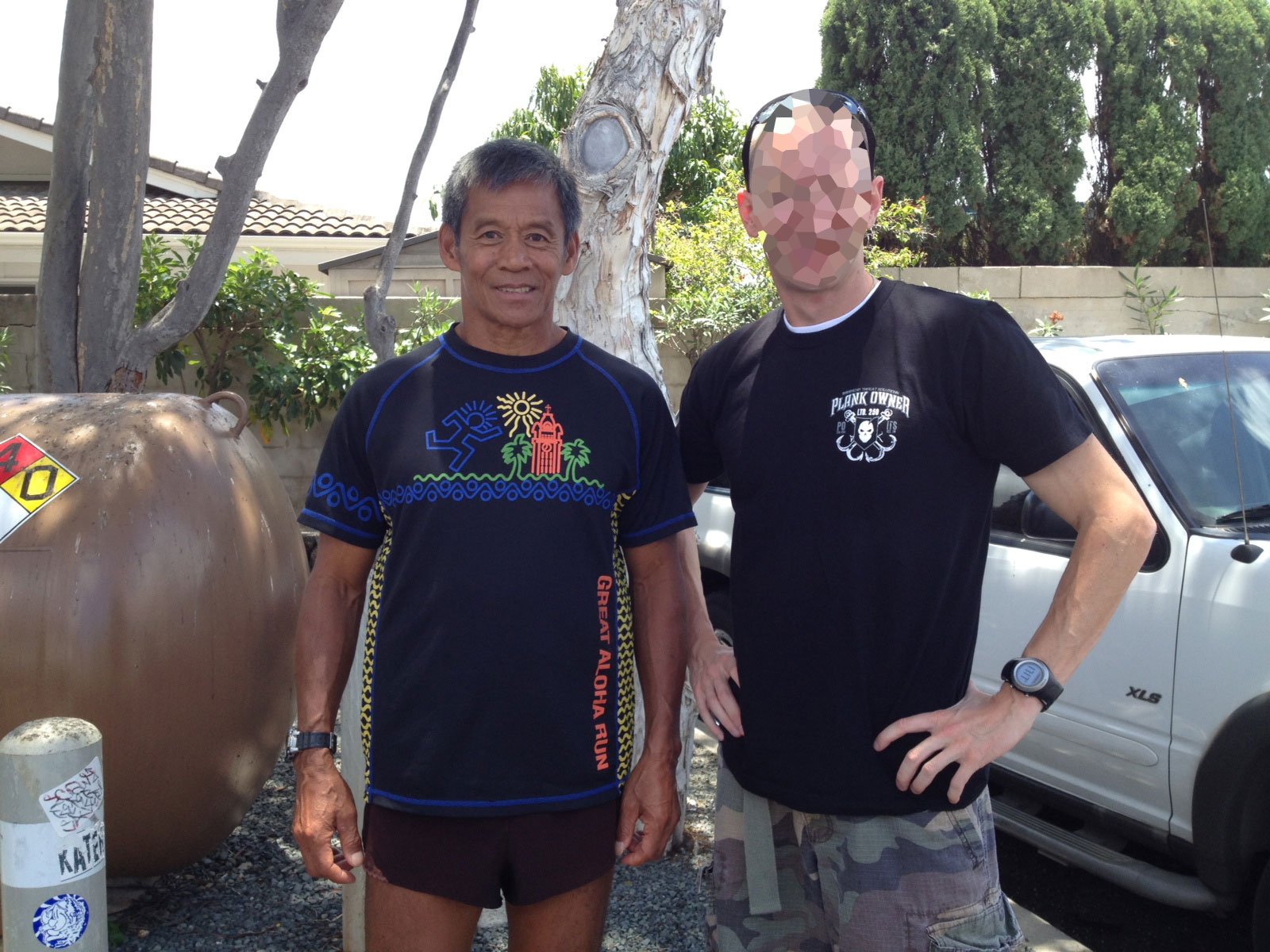
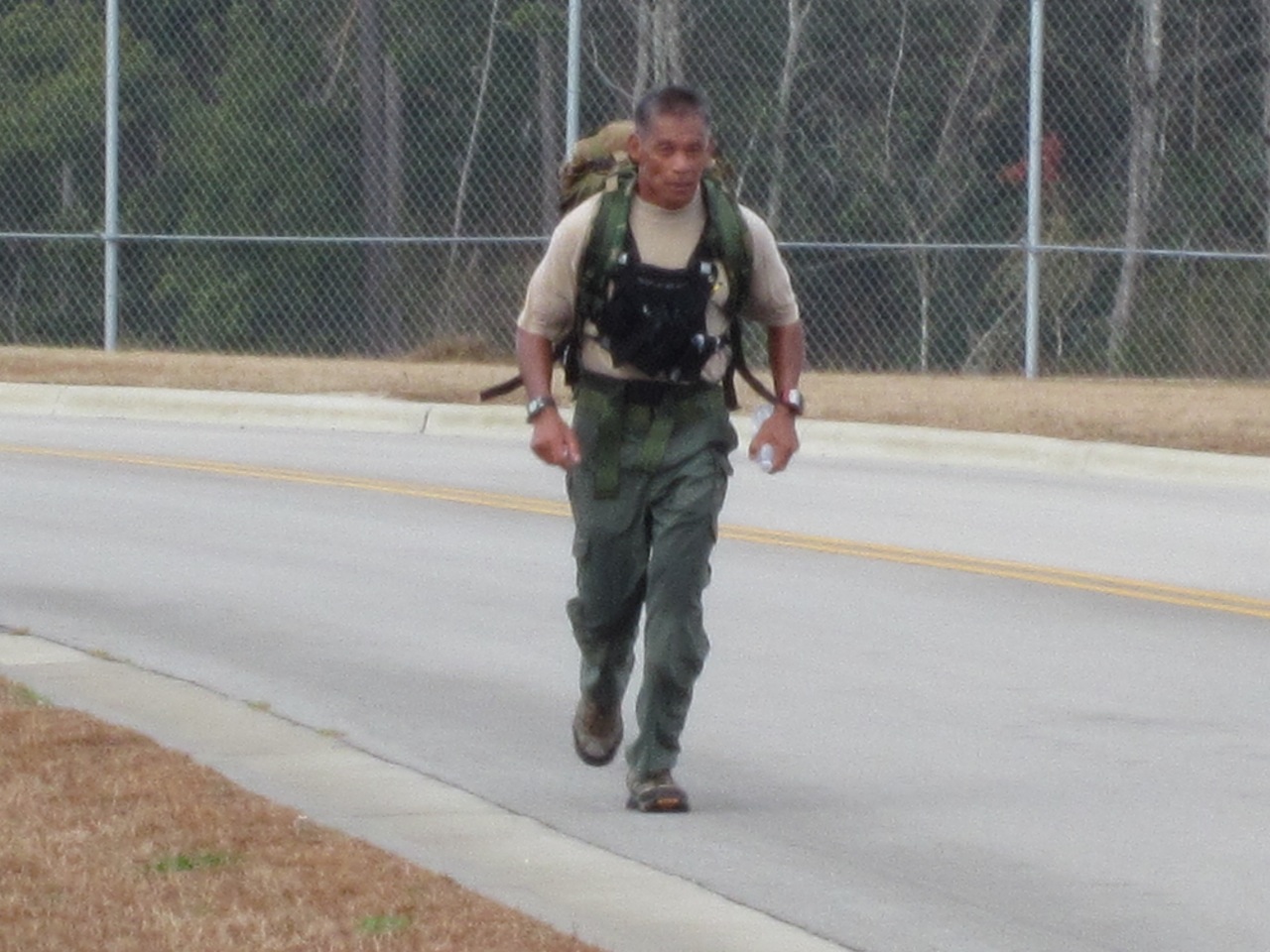
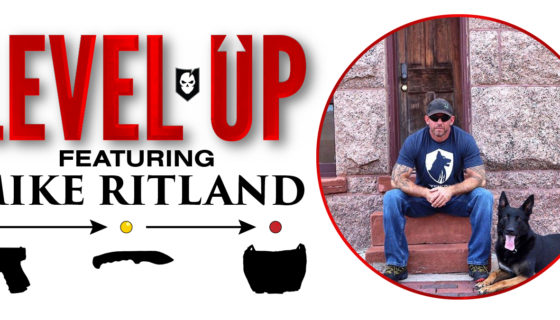

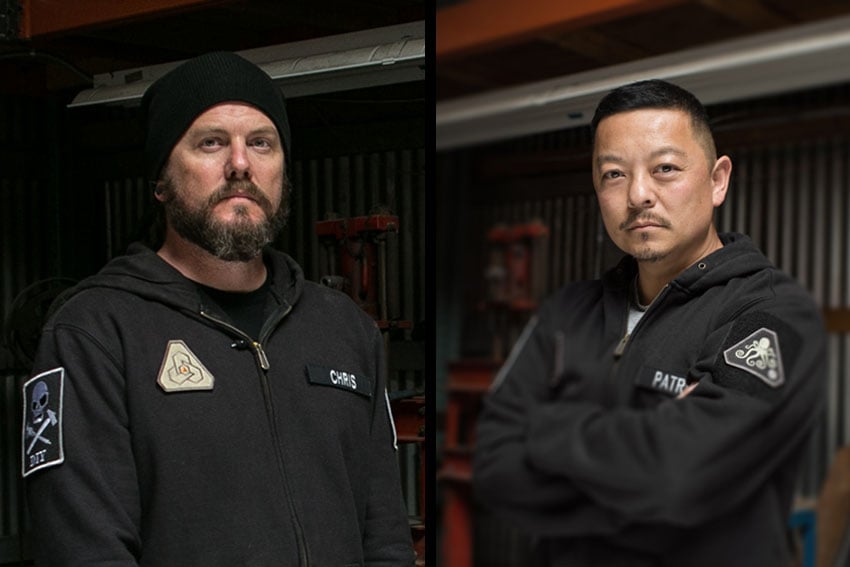
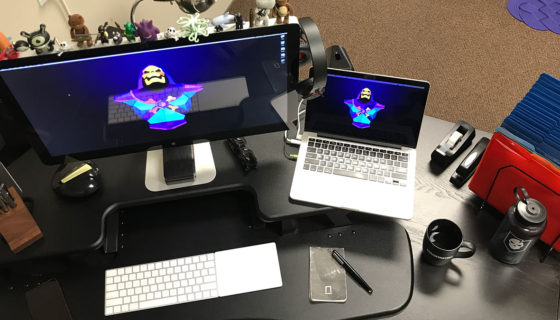

Discussion